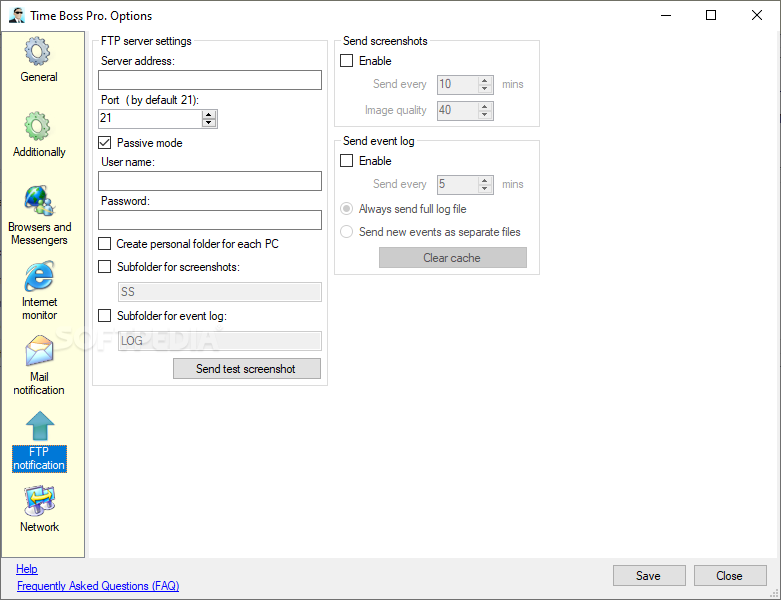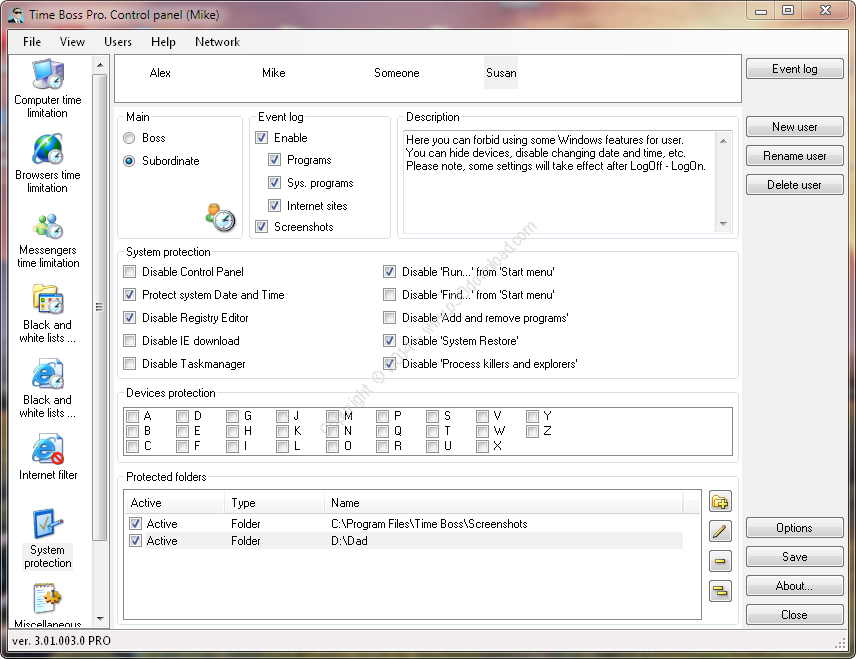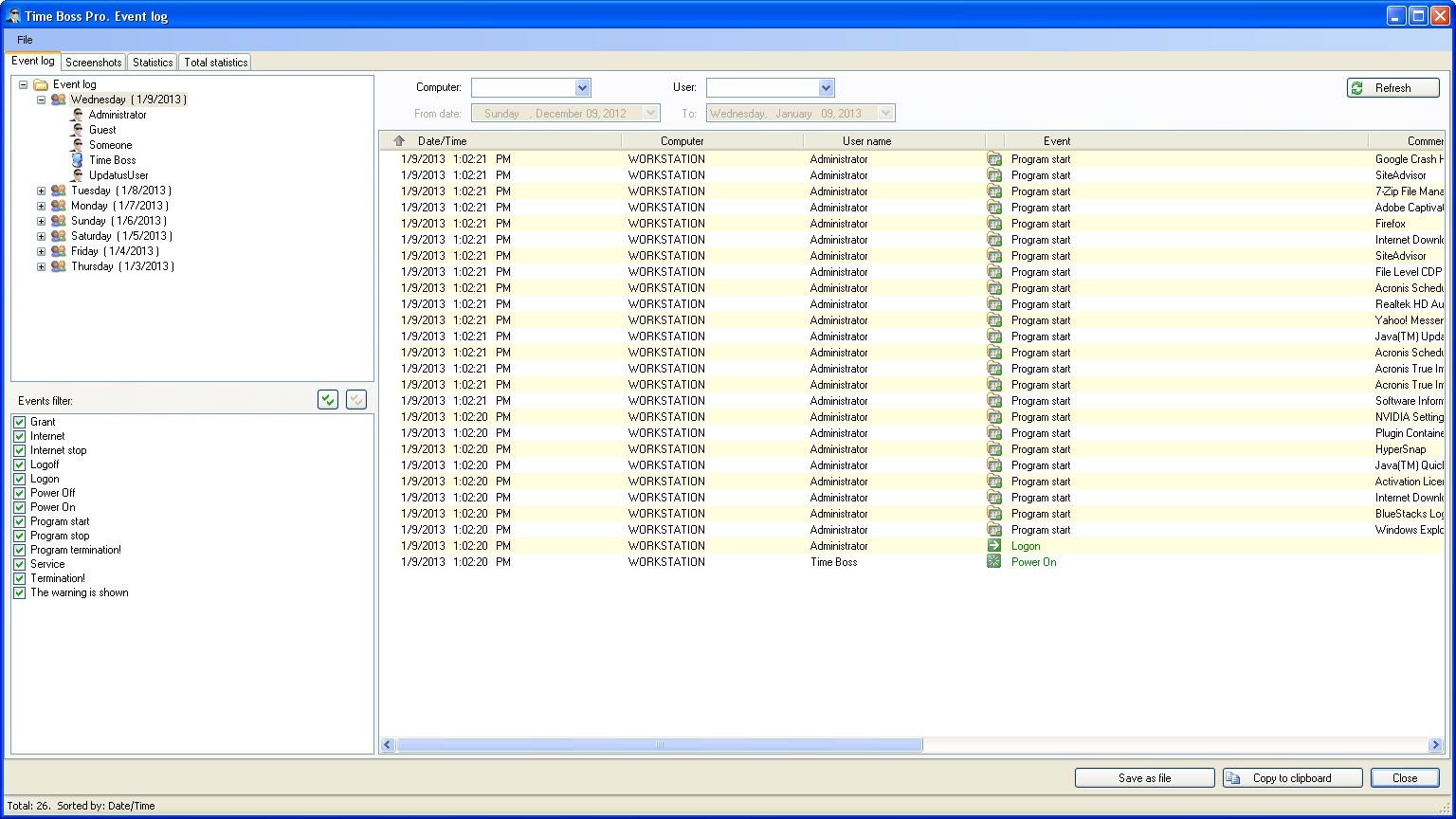

This offers 13 footswitches and an expression pedal and, via the dedicated FC200 'mode' available in the GT Pro, would provide an excellent companion for the processor, both in the studio and on stage. These devices include simple expression pedals such as the EV5 and switches such as the FS5U or FS6, but the top of the range is the FC200. Combinations of these amp and effects models can be built into patches and, alongside the 200 preset patches, the unit can hold a further 200 user patches - enough for even the most demanding of tone tweakers.įor live use, one of the Roland/Boss footpedal accessories would be essential with the GT Pro. Within each category, a number of further options are provided: for example, the overdrive/distortion category offers models of some 30 different pedal types.
TIME BOSS PRO SIMULATOR
These categories include overdrive, distortion, compression, limiting, chorus, delay, reverb and wah, with the more unusual defretter, guitar simulator, sitar simulator and wave synth amongst the many others.

The effects options are split into 44 categories and up to 15 effects blocks can be used at any one time. These cover all the usual territory, from clean sounds based on a Roland JC200 through a host of classic Fender, Vox and Marshall-based models and into the higher-gain MESA Boogie, Soldano, Peavey and Hughes & Kettner arenas.

The dual COSM amp-modelling engine provides simultaneous access to any two of the 46 amp models.
TIME BOSS PRO SOFTWARE FOR PC
While the GT Pro package includes editor and librarian software for PC and Mac, the USB connection can also be used to pass audio signals to/from the unit and ASIO drivers provide support for 24-bit/44.1kHz recording via a suitable host on the computer system. The final key feature of the rear panel is the USB connector. Two send/return loops are provided for patching in external effects processors, and there are also plenty of options for adding foot or expression pedals to control the GT Pro during live performance (see the 'Pedal Power' box on page 136).

In a live context, the main outputs might be used to feed a guitar amp (or pair of guitar amps), while the Sub Outs could provide a direct feed to a mixer. This includes the unbalanced main outputs and both unbalanced and balanced (XLR) 'Sub Out' outputs. The main window of the GT Pro Editor software is busy but easy to navigate.On the rear panel, all the analogue connectivity operates at 24-bit, 44.1kHz. The mass of buttons to the right of the display deals with all the effects options and provides access to the unit's various system settings.
TIME BOSS PRO PATCH
Centre-left is dominated by the display, a large rotary knob for patch selection or parameter adjustment and a set of extremely 'amp-like' tone and presence controls. The front-panel controls are split into a number of logical groups, on the far left being the input and output controls, including a guitar jack input (usefully duplicated on the rear panel, although the front-panel socket takes precedence) and a headphone output. Both the front and back panels are fully stocked. The GT Pro is housed in a smart 2U rackmount and, given a suitable case, ought to stand up well to the rigours of both studio and live use. That said, the GT Pro also comes with a fairly hefty price tag - so is it a price worth paying? First Sight As described later, this makes it possible to produce some huge guitar tones. The latter means that you can create a patch that includes two completely independent amp/cabinet models. Like most modern multi-effects processors, this new box comes with a feature list as long as the average guitar lead, but top of the list here would be the comprehensive input/output options, USB connectivity and dual COSM processing. While the majority of the Boss guitar multi-effects processors have been floor-mounted units (such as the ME33 and GT3 reviewed in SOS in recent years), the GT Pro is a rack unit. For a good number of years these products have been based upon Roland's COSM (Composite Object Sound Modelling) technology which, amongst other things, provides the required amp and cabinet modelling. However, the Boss product line has also included some serious guitar-based multi-effects processors. But when it comes to guitar tone, does the GT Pro put Boss in charge?įor a number of generations of guitar players, Roland's Boss brand has been synonymous with stomp-box effects pedals, and the range has included some absolute classics of their kind. The Boss GT Pro is more than just a guitar effects processor - in fact, with its dual COSM-based processing engines, it's two.


 0 kommentar(er)
0 kommentar(er)
